Sage Crump: Complex Movements, as a five-member artist collective, is a complex system in itself. How we work together and how we engage others artists and organizers is designed and modeled after how we believe transformation can happen in the world. It is our artistic practice and it grounds our infrastructure as an artist collective.
Kate Bergstrom: How has the internet played a role in imagining the unique system you’ve built? Has it been something you’ve discussed in your storytelling?
Sage: The internet supports and facilitates our ability to connect as artists with other new collaborators and audiences across time and space. During the time of shelter in place, the internet has been the primary medium by which we’ve collaborated with each other in the group and within the communities we work with. It has been a tool of connection, of relationship building, of community building, a way to live out the values that are embodied in our creative work.
ill weaver: The internet supports our partnerships that are currently translocal or based in multiple cities. Through the dual pandemics that are happening, for us and for so many people in our communities, it’s also an opportunity to have a shared digital space to keep each other’s spirits going or to break the isolation and the heaviness of whatever everyone is holding and navigating.
At the same time, it’s also been able to deepen our ability to work with folks who are physically nearby. The networks of care and support that have either deepened or emerged in this time are very reflective of the kind of values we’re speaking to when we talk about hyper-local, critical connections. A lot of those have existed for eons in certain communities that I feel like have been generally overlooked, undervalued, under supported. It’s beautiful to see those get more love and attention.
Kate: Can you define translocal for me? It’s a term I haven’t really heard, but it’s just beautiful.
ill: We learned that term from our friends in Movement Generation. I think typically people would use the word “national” or “global” to look at things from a more nationalistic, border-defined approach. But if you’re thinking of things translocally, it’s about how we connect hyper-local, deeply rooted approaches to other hyper-local, deeply rooted approaches.
What does it look like when a small-scale, long-term community effort in Detroit is connected to a small-scale, long-term community effort in Seattle or Dallas? What is there to learn and exchange in that story being shared? In a national or federal approach to storytelling, you lose so much texture, so much detail, because in an effort to make stories accessible to more people, to build power on a bigger scale, stories get reduced.
But for us, it’s about how we make space for specificity, for there to be nuanced textures to each cultural, local approach to storytelling and storymaking. In that, we can see where there are patterns, connections, and opportunities for learning and growth.
Right now, we are to some extent being forced and directed into the internet as one of the primary modes of connection because of our lack of ability to travel. We can’t step into that without concurrently understanding that the internet is not a neutral space.
Sage: I think about the ways in which language reinforces narrative or moves us outside of a narrative. In order to have a nation, you have to have borders. You can’t talk about “nationally” without this idea of borders, whereas translocal is about the connection of space and place that doesn’t necessarily have the same state-created arbitrary boundaries.
Right now, we are to some extent being forced and directed into the internet as one of the primary modes of connection because of our lack of ability to travel. We can’t step into that without concurrently understanding that the internet is not a neutral space. We are often inside platforms—the majority that we’re using—that were not created to support social justice movements in any way. That means there’s a way in which surveillance increases. There’s a way in which folks have access to information and resources they didn’t before.
I’ve been thinking about how people use the internet, the importance of digital security, the recognition that the internet is not suddenly a great equalizer. Not everyone has access to anyone’s work—that idea is simply not true. What does that mean around work that might be subversive to the state, that there is no privacy?
Different organizations are working deeply around surveillance and around the internet, and I think, as artists engaging online, we have to keep in mind what we ask of folks in these moments. How are we asking people to engage? What does that mean about the security, or lack thereof, of the different platforms we’re using? Who’s going to be building upon the backs of the work of the artistic and creative class to actually gain insight or to do harm?
Kate: Your multimedia production Beware of the Dandelions is an immersive and interactive mobile art installation that invites communities to develop new strategies to create change. About the piece, author and activist adrienne maree brown said it might be the first time she wanted to “dance during an apocalypse.” How did participant feedback like that inform the next steps and growth of Complex Movements?
Sage: I’m going to reinterpret the question a little bit, because part of what just came up for me is the importance we felt around considering the participant experience on the front end. Not just what their feedback would be post seeing the show, but how would we think about participation initially? That is where our relationship to our cohort members—the folks who helped us think about the role Beware of the Dandelions had coming to a city—can play in local organizing. Who are the participants?
In order for Beware of the Dandelions to reach the participants that we and our cohort members thought should see the work, we had to partner with grassroots organizations and also shift the way the larger theatres and arts institutions we partnered with were functioning. How do we work with larger organizations’ season subscriptions and not let that take up all of our season tickets? Beware of the Dandelions having 70 percent of the audience be old white people who were like, “That was lovely, I’m going home now”—No. We didn’t spend our lives making this work for the folks to come and be congratulatory and walk away.
At every step, we want to come back to our values. We had conversations within Complex Movements where we discussed, What do we want the work to do? Sometimes that’s a question folks who make art either don’t answer or have never thought of. They think, I’m making art. It’s like, yes, and it’s going to do something in the world. Toni Morrison tells us all art does. The question is, What do they want it to do?
Not everyone has access to anyone’s work—that idea is simply not true. What does that mean around work that might be subversive to the state, that there is no privacy?
Wes Taylor: Pre-COVID we were already thinking, How do connections within our group and our partners stay intact with this idea of distance? That still didn’t even prepare us for COVID and being physically distanced. The internet has been a thing to keep us connected, but it has yet to be a replacement for being in proximity with each other. I think we share deeply subconscious refusal to make that a replacement.
Still, in-person is going to be the way to push forward. In Beware of the Dandelions, there was this concept of separating performance from audience, but still being in the same place. It hasn’t translated to the internet because proximity is so important. We could have brought it online from anywhere in the world. But proximity is a real thing, a necessity to make work. I think we’ve either resisted the urge to bring our work online publicly, or we haven’t come to pure terms with that yet.
During our in-person performances, the performers and audiences were separated, but the impulse was, “How do we make them feel our presence?” I’m only just talking through these things we’ve worked out, and I think we would have come to terms with them on the internet. I’m not saying we’re opposed to it or anything, but we would have to intentionally say this work is made for the internet under these terms and conditions.
Sage: There’s no right or wrong way for anyone, artist or audience, to engage with work. But Wes, you got me thinking about how to be really intentional about which ones you choose. Simultaneously, that brings up, in terms of relationship to justice or injustice, the economic precarity of artists and artists’ lives. Whether or not you think the internet is the best mode for your work or what you want to bring, you wonder, What is the commodification that allows me to actually care for myself and the people I love? How do I continue to create the income I need when live performance is not available to me?
That speaks to the lack of worker protections amongst artists. It speaks to the lack of wage support. It speaks to the rugged individualism in white supremacy in Western culture. All of these things around economic justice come up for me when I think about folks’ relationship to the internet and what it means for them to take a stance or make a decision about their work being online or not online, how the ecosystem around so much work that gets created is not built for the well-being of artists, is not built to be in symbiotic relationship.
That’s one of the great fissures we’re seeing right now, the ways this moment and the need for the internet is highlighting how artistic work and artists and creatives and culture workers are commodified and not considered worthy of support beyond what you could pay for what they could do.
Wes: I was at an internet festival in Italy and I remember saying, in a very blunt way, “The internet is an asshole.” Because the conversation was all about the promise of the internet. But the internet—the way it’s configured—is a really abusive relationship. It can change the terms and conditions at any point in time with you... If you buy something on the internet, you often don’t have the same protections.
We already understand how algorithms are always trying to feed us things—this is not the internet of discovery, this is the internet of putting things on your table, telling and showing you what you want. It is the internet of apps and it will continue feeding you things. It is not a reciprocal relationship in any way, and it’s not equitable in the way it’s set up. We are literally on Mark Zuckerberg’s internet, for the most part.
ill: You got me sitting with the idea that this is no longer the internet of discovery, it’s the internet of surveillance, commodification, and thinking. I’m thinking of Audre Lorde’s “The Master’s Tools Will Never Dismantle the Master’s House” in my head. What is the engagement with this tool that we know, which is not designed for the well-being of the people who are using it? If we are going to engage with it, what is the subversive intention? Are we able to name that? Or is it part of the coercive nature of racism in monopoly capitalism that makes us do it because we think we have to.
This is no longer the internet of discovery, it’s the internet of surveillance, commodification, and thinking (…) What is the engagement with this tool that we know, which is not designed for the well-being of the people who are using it?
Kate: I’m curious about the conversation you have about the softwares you use, both open-source and that you pay for and subscribe to. One of the geneses of this Performing the Internet series was: How do we make internet art-tools that can dismantle the idea that people have to “buy in” to a corporation to make intermedia art? Tech art is not just about toys and being wealthy and showing them off, as Wes has talked about... So I’m curious how internet tools come up in your work, which is so multimedia savvy.
Wes: These are conversations we’ve had as Complex Movements. We’ve asked what the appropriateness of technology is in any single piece, specifically. Is it used because it is special? Like, why are we using a sensor to see when we have eyes? Is it only because it is impressive that we can get a computer to do something, even though it is actually worse than what a human can do, just to say we’ve done it? We don’t move forward without having conviction in why a specific piece of technology.
ill: We’ve definitely explored a lot of technologies and there are just so many contradictions, especially around who owns it, surveillance, and people’s feelings that the technology is similar to surveillance. We were going to have people use certain sensors when they were participating in Beware of the Dandelions, but as we were thinking through it in the storyworld, we were like, “This is way too similar to tether and e-carceration tools”—electronic incarceration, ankle bracelets. It’s a giant surveillance device that gets put on people and gets upheld as some alternative to being incarcerated, when it’s actually a horrifying, debilitating, life-destroying experience
We almost used these sensors as something cool: wherever you walk, it would draw a line on the projection. But actually, it would make anyone who comes to our experience potentially feel armed and triggered because it’s similar to this other thing. Sometimes we make choices to reclaim something, because it allows us to express our aesthetic, and it’s more than just cool, it also serves this larger purpose of intentionally disrupting whatever that narrative is. But other times, we would make the choice: we’re not going to go that route.
Sage: In my mind what’s forming is this triangle between technology, political analysis, and lived experience, and the nexus of those things as you make decisions. Every decision you make has political implications, and how is it related to what you believe? Then, what are the lived experiences that people are engaging with? And then, what is the technology that’s available that you can make choices from?
Wes: Even being really intentional with technology, when we implement it and incorporate it into our work… I think Complex Movements tries to toe the line of being able to respond but still not be reactionary to issues that come up based on urgency, especially when dealing with a lot of the topics, the issues and the concerns that we have within our communities and work. It’s always, “This is the thing, but how do we stay poised in making work?” It’s been difficult at times to hold that stance, but there’s an urgency—which is not necessarily reactionary—to actually ask, “What does it mean to make work, and for what, moving forward?” The “for what” question is really important.

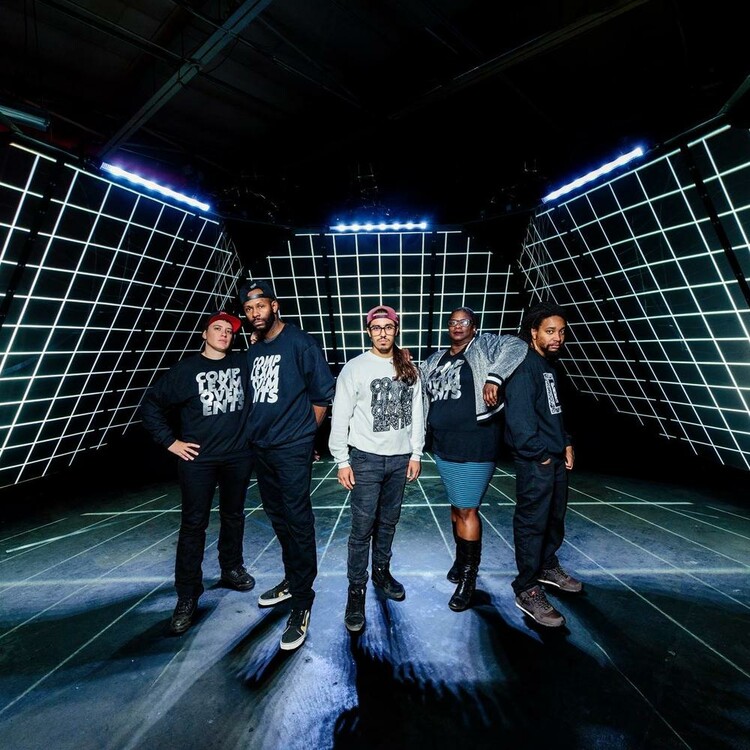
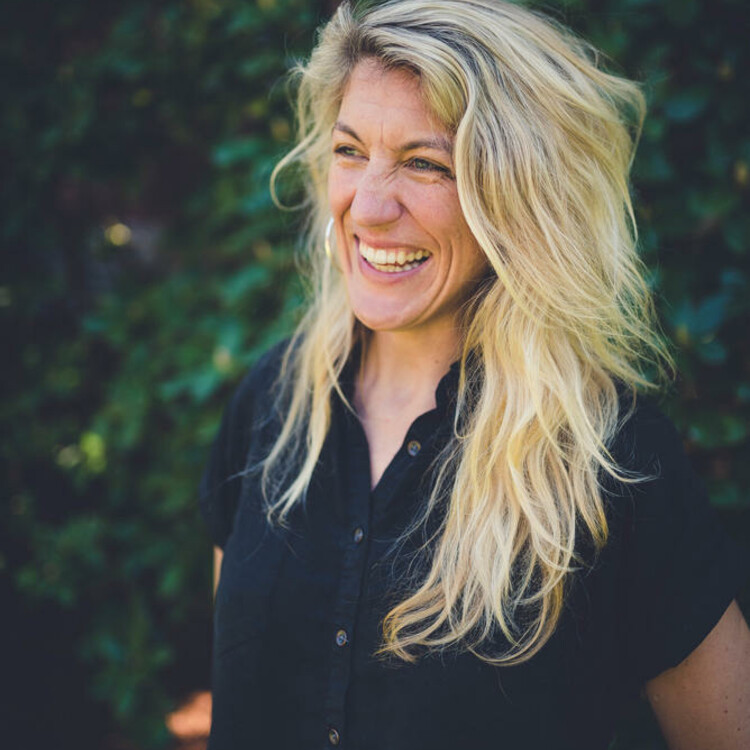
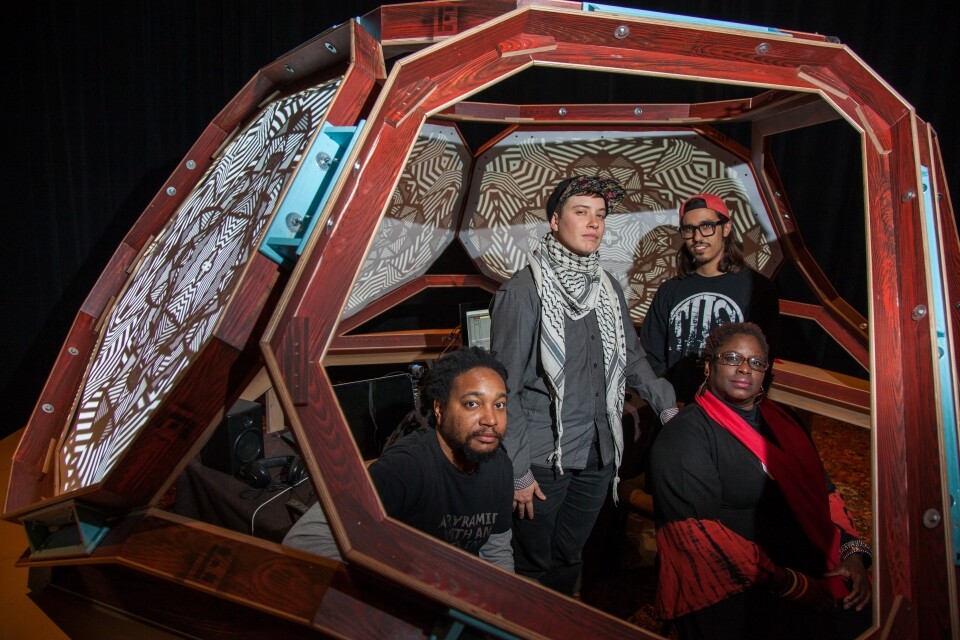
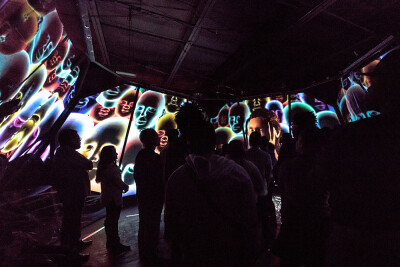






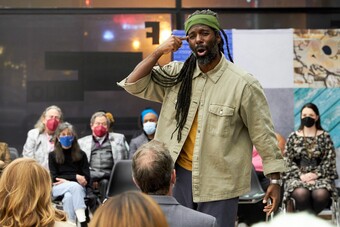




Comments
The article is just the start of the conversation—we want to know what you think about this subject, too! HowlRound is a space for knowledge-sharing, and we welcome spirited, thoughtful, and on-topic dialogue. Find our full comments policy here